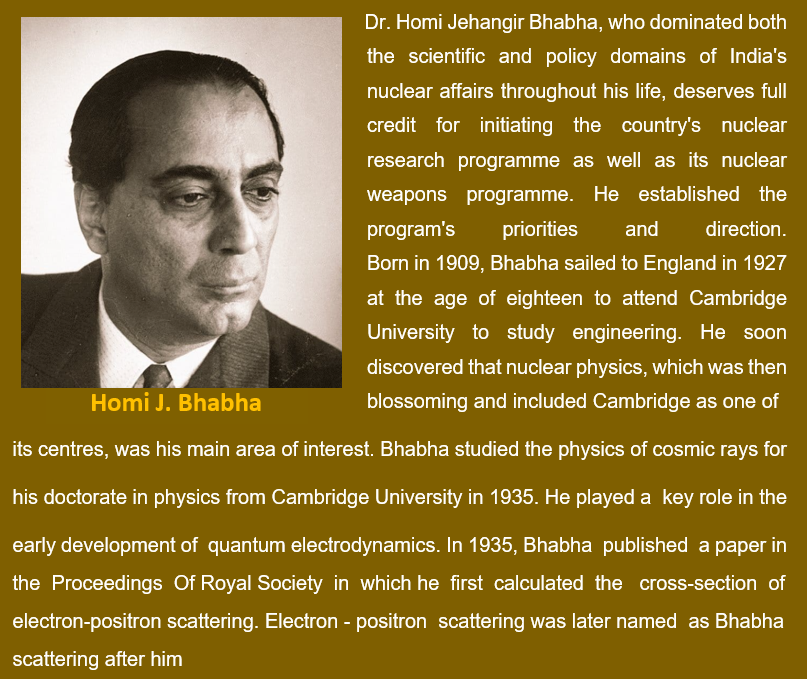
As we learned in the previous chapter, the nucleus of every atom is formed by the dense concentration of positive charge and mass in the centre of the atom. A nucleus’s overall dimensions are significantly smaller than those of an atom. a-particle scattering experiments revealed that an atom’s radius and a nucleus’ radius differed by a factor of roughly 104. Accordingly, an atom’s volume is around 1012 times that of its nucleus. To put it another way, an atom is nearly empty. If an atom is enlarged to the size of a classroom, the nucleus would be of the size of pinhead.
However, the size of nucleus is very small even then the majority of an atom’s mass (more than 99.9%) is found in its nucleus.
In this chapter we will see the structure of the nucleus . Here we will study about the elementary particles that form the nucleus. We will look for the solutions to the questions like how do these particles stay together? Why some of the nucleus are unstable and radioactive? So we’ll talk about the size, mass, stability, and other characteristics of nuclei as well as related nuclear processes including fusion and fission.
Get Full Access Of the Chapters
